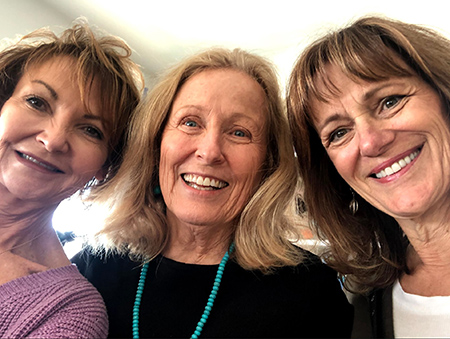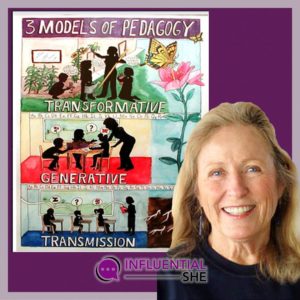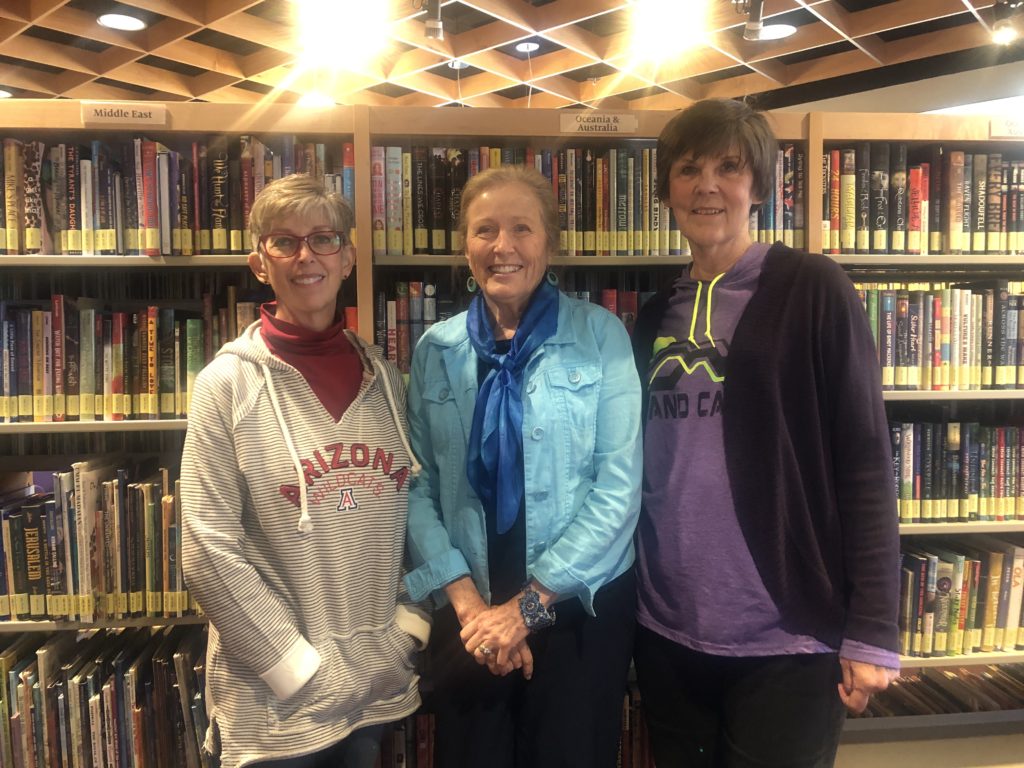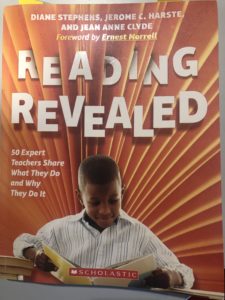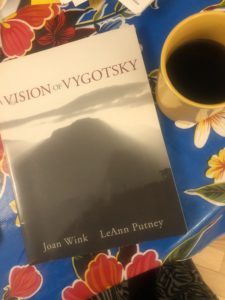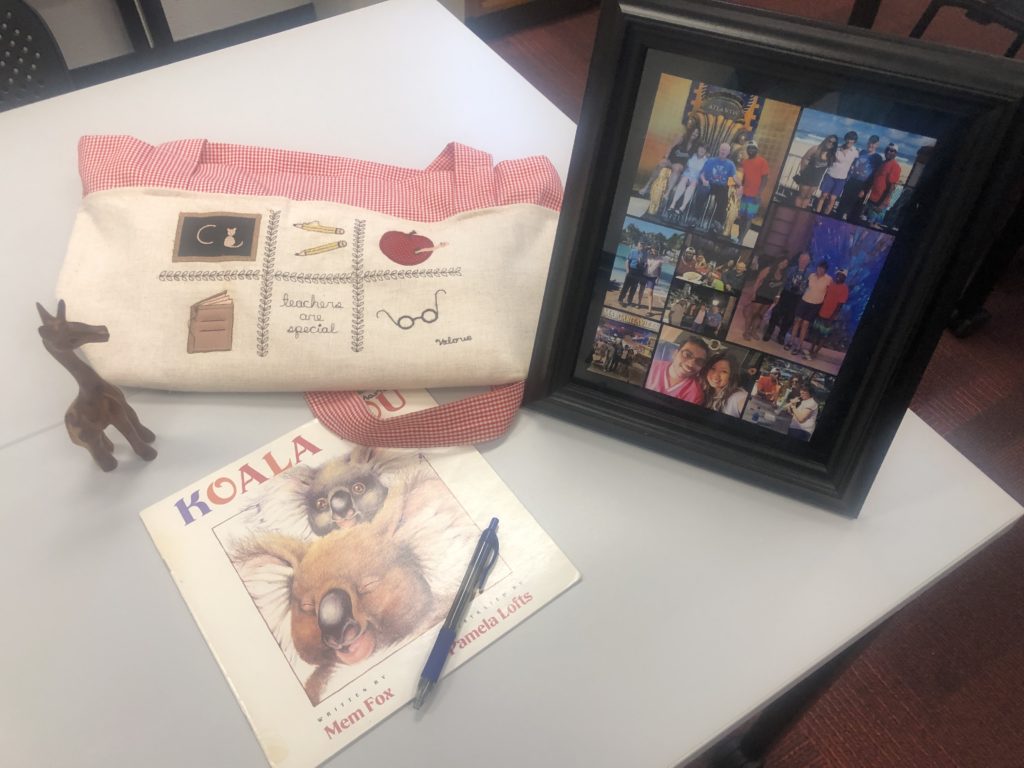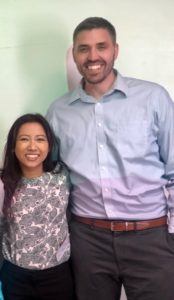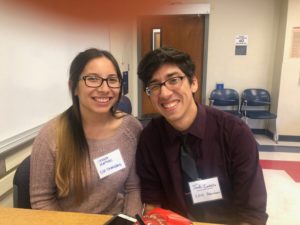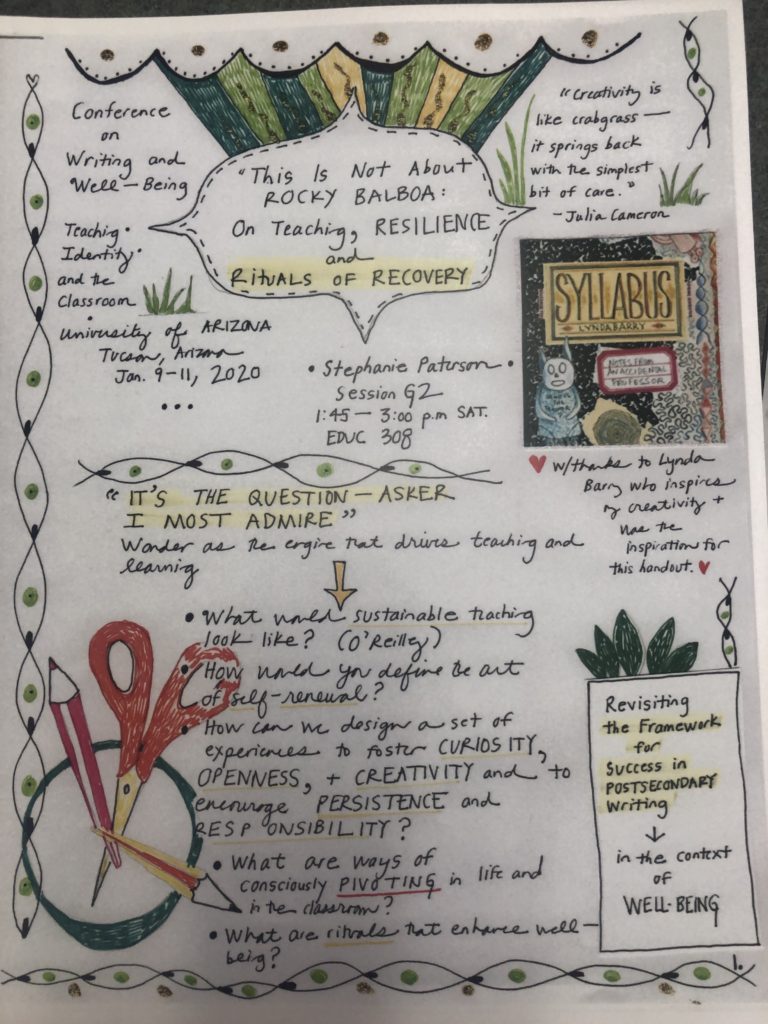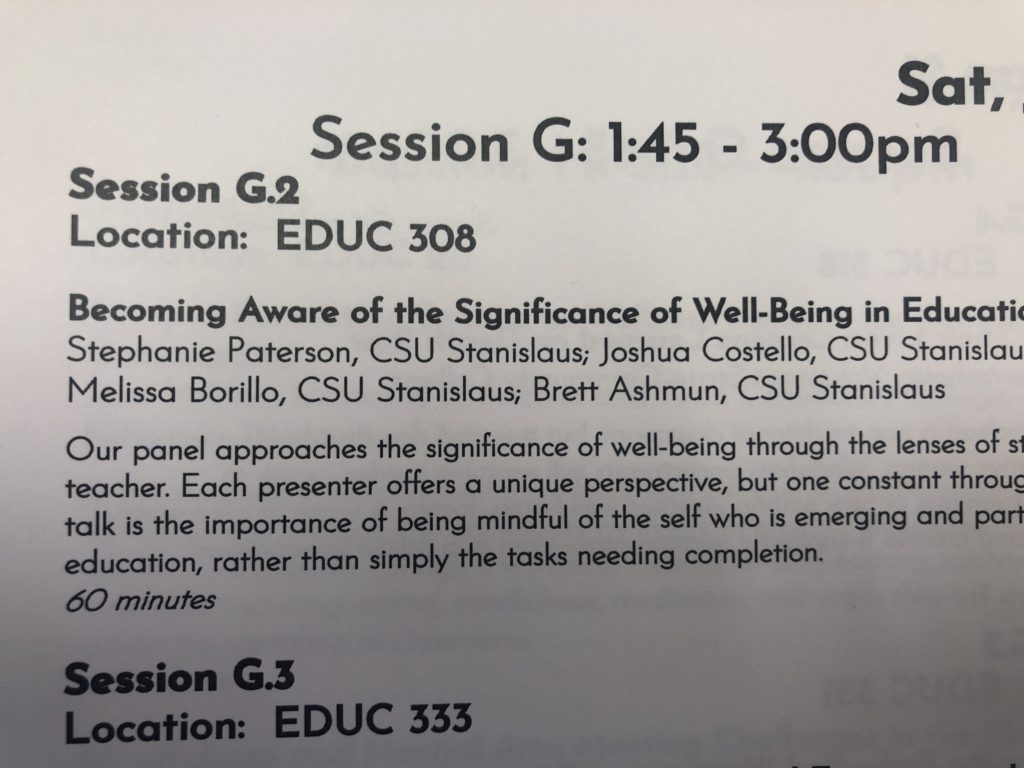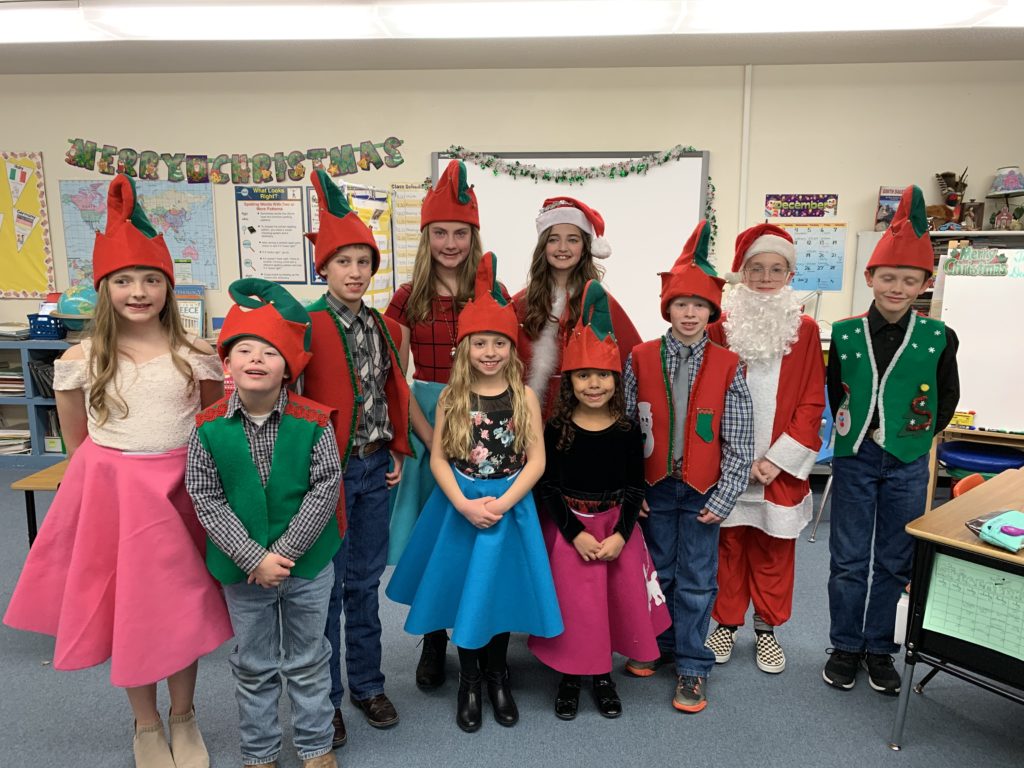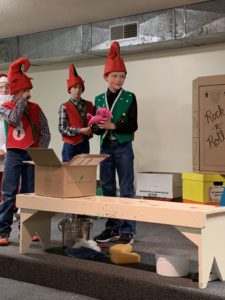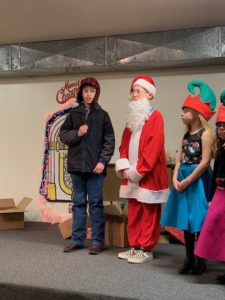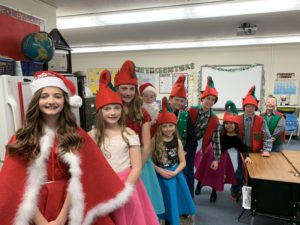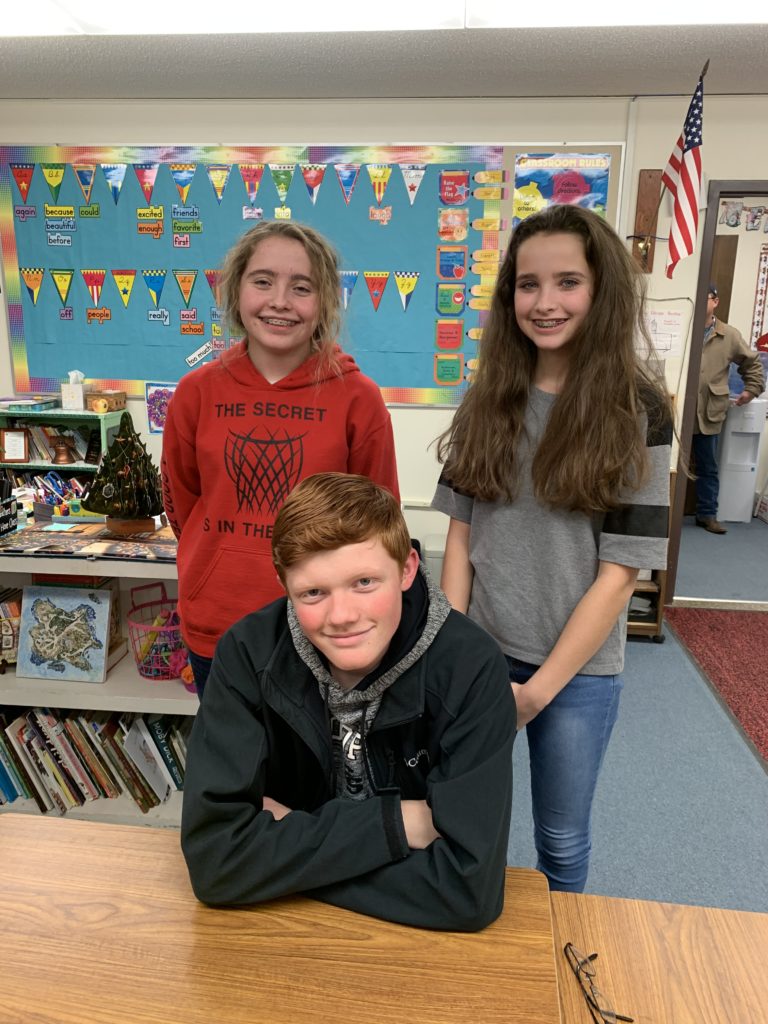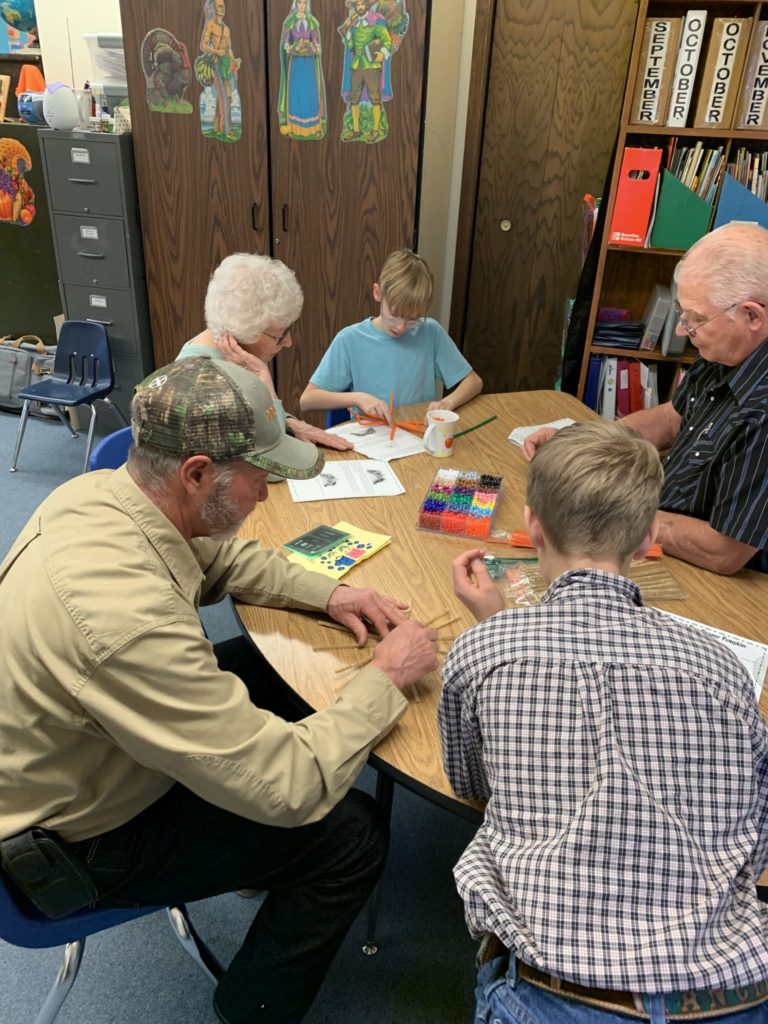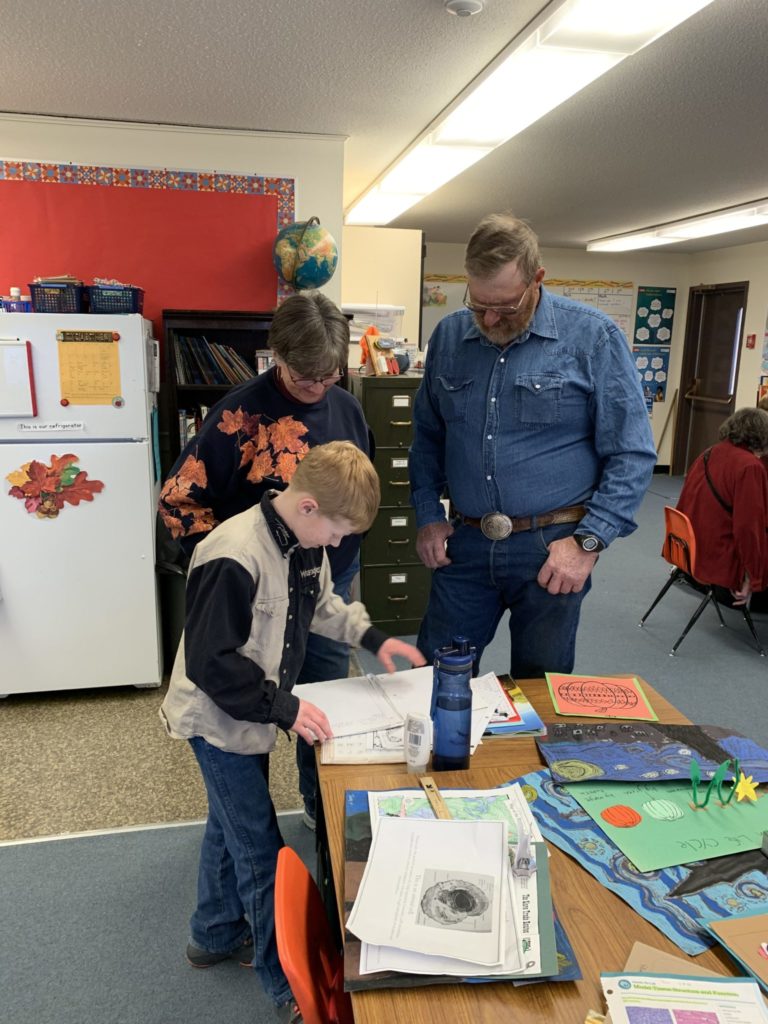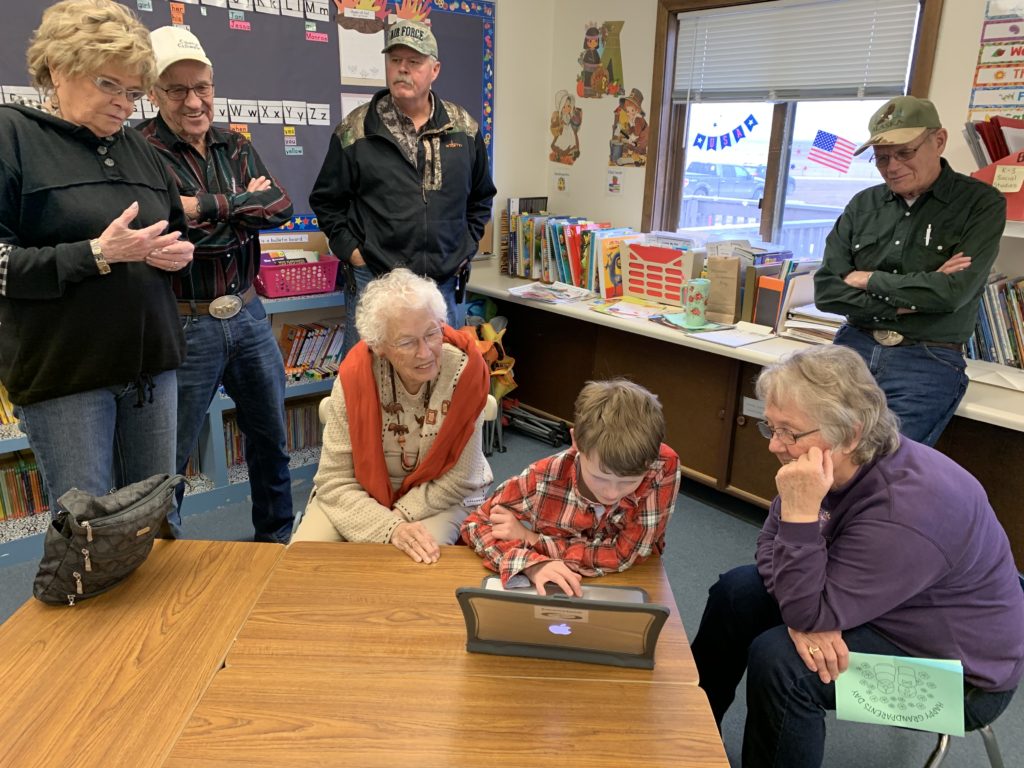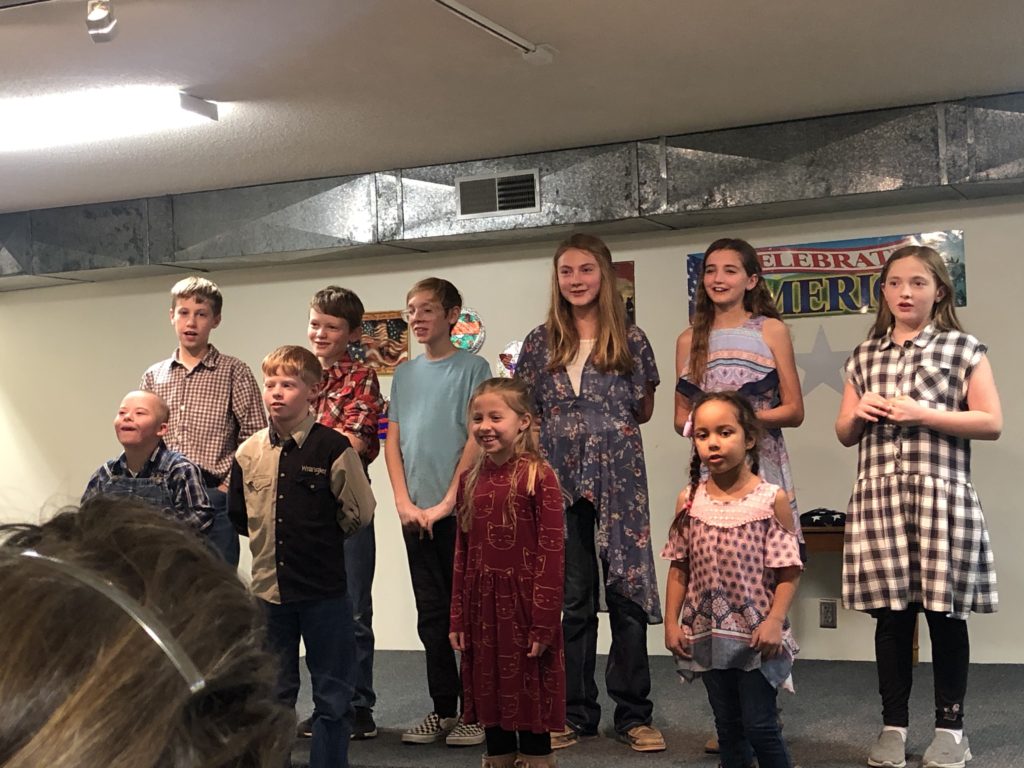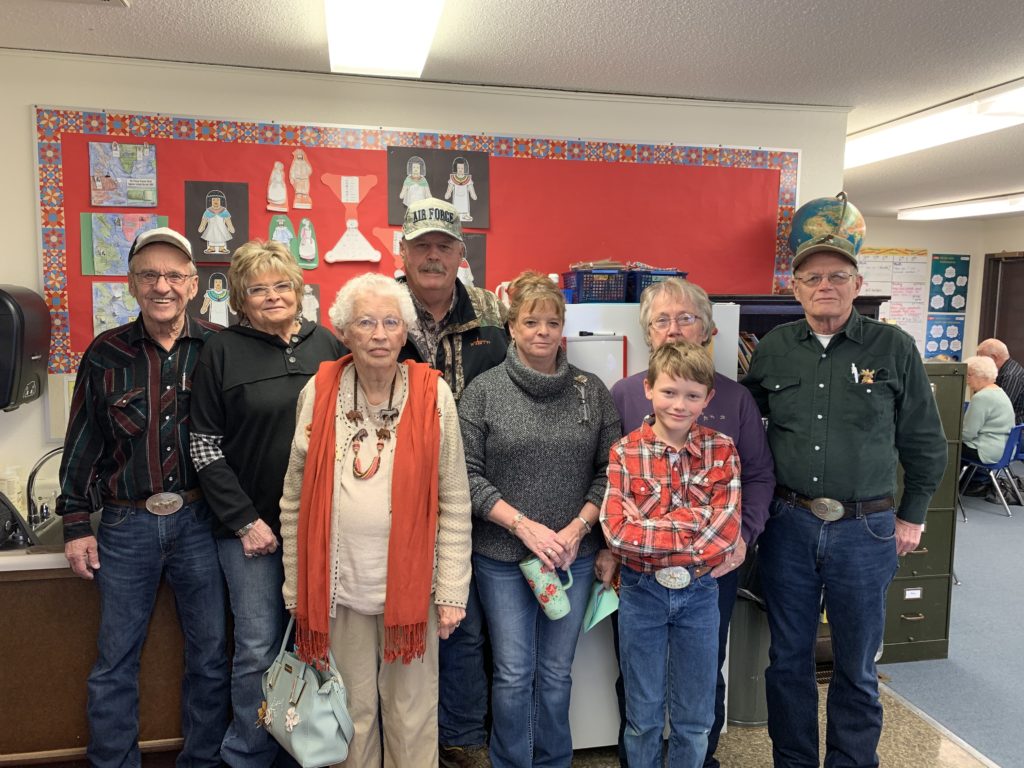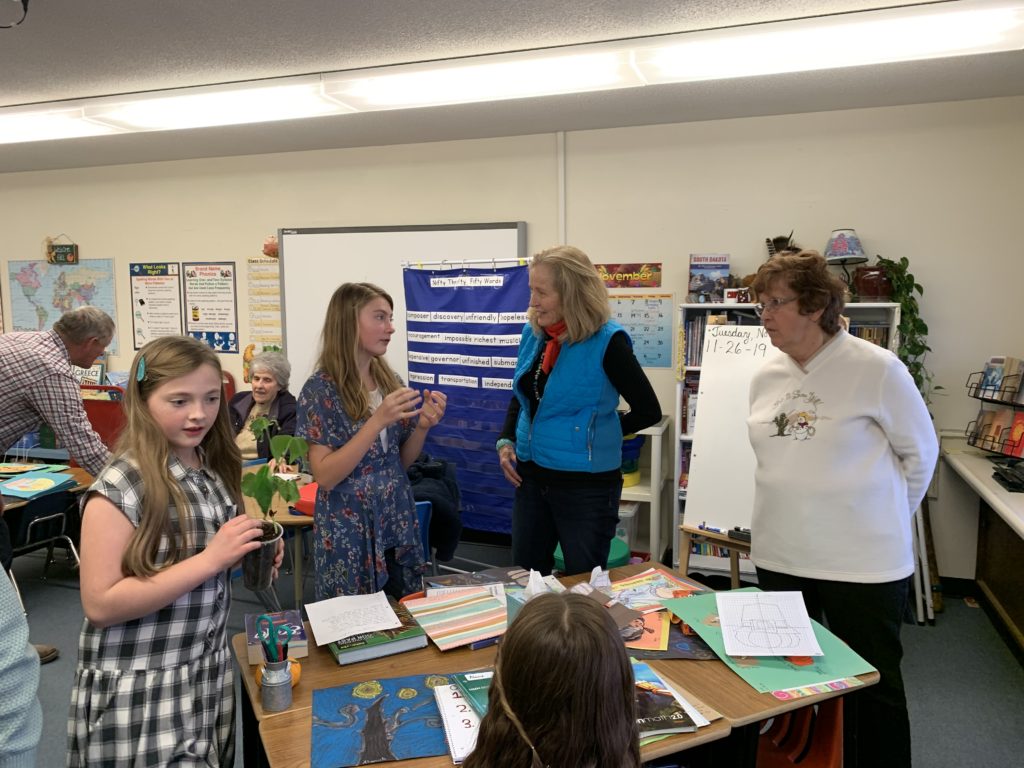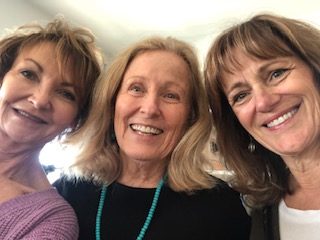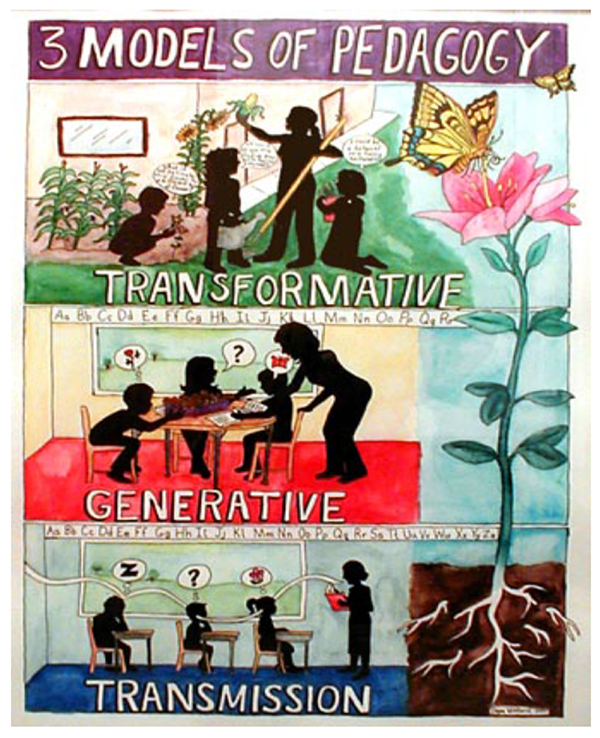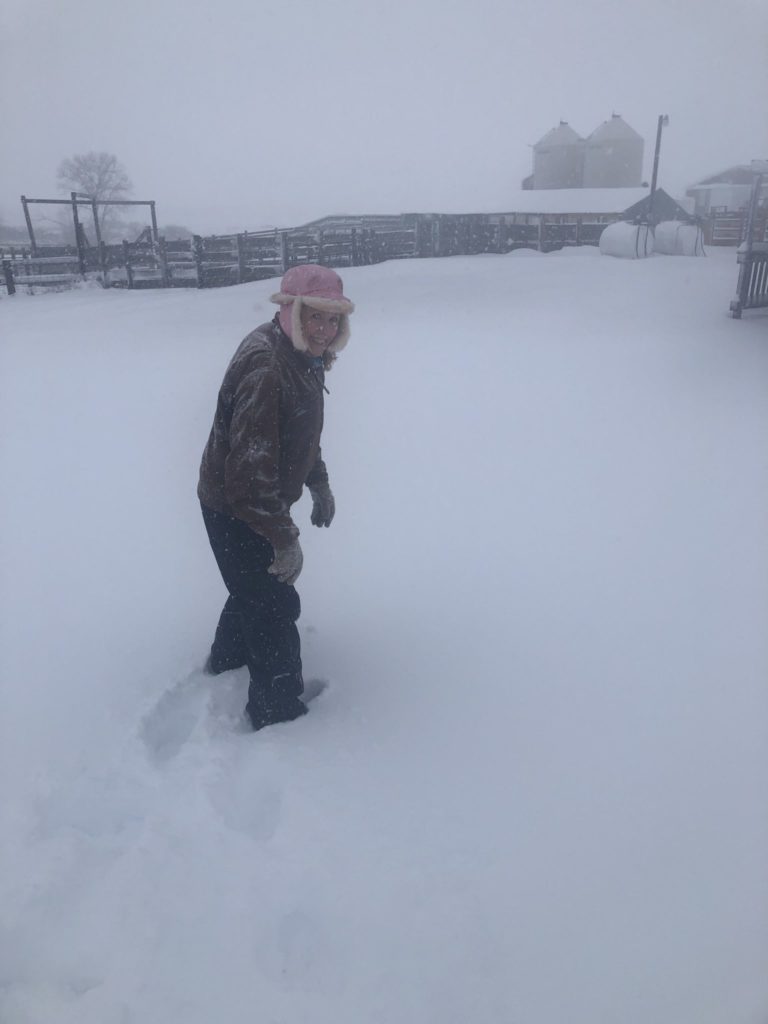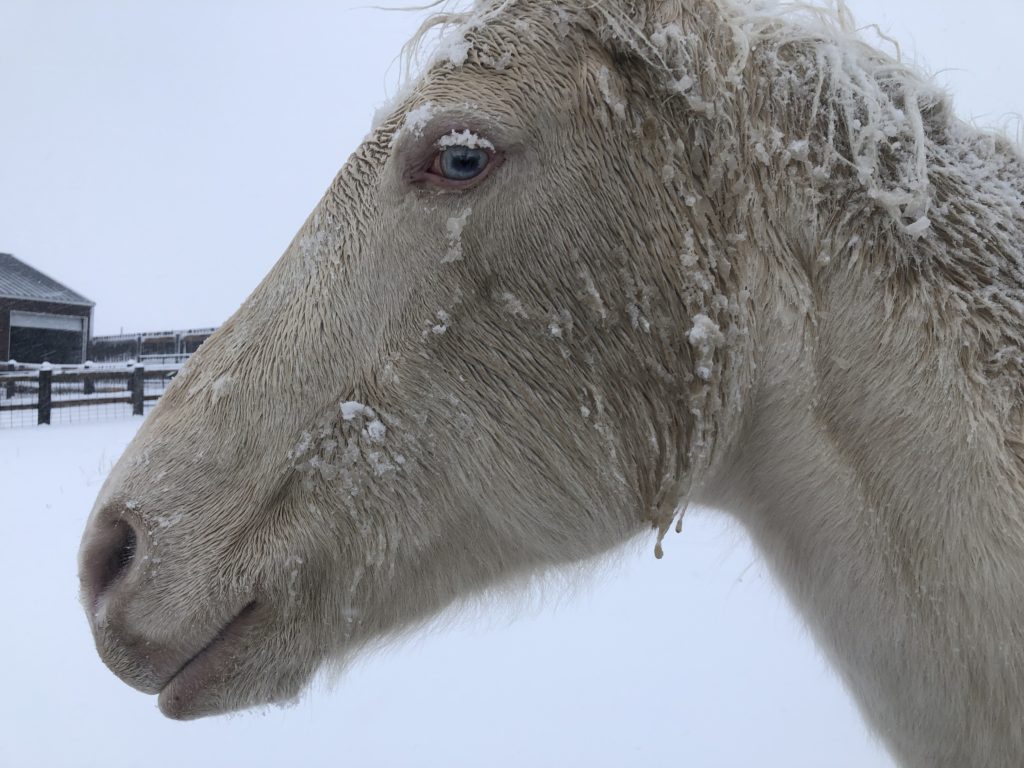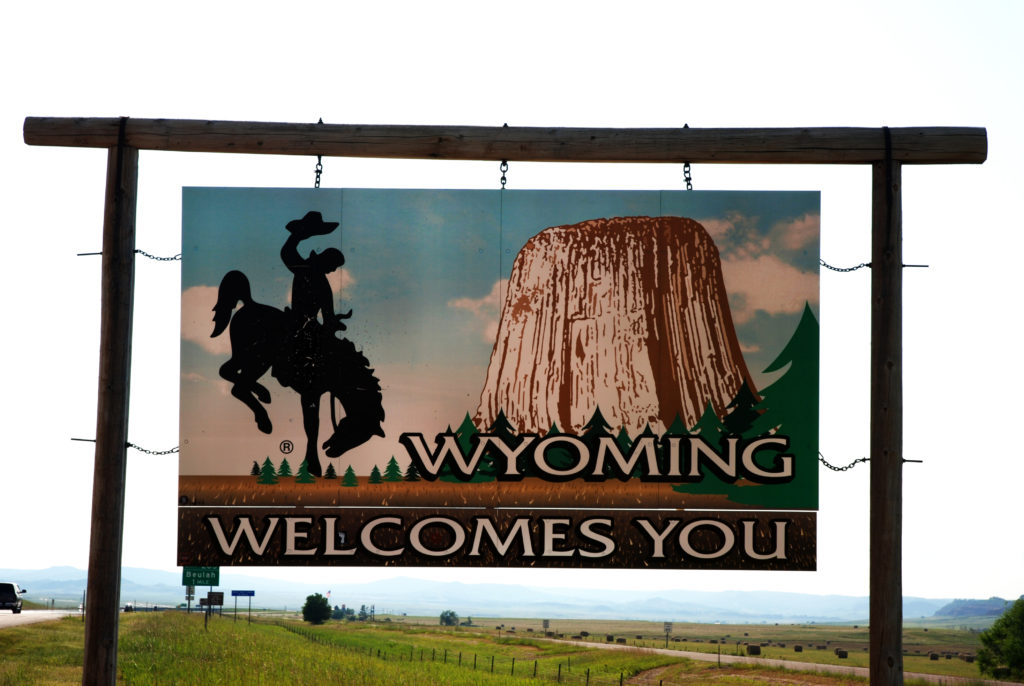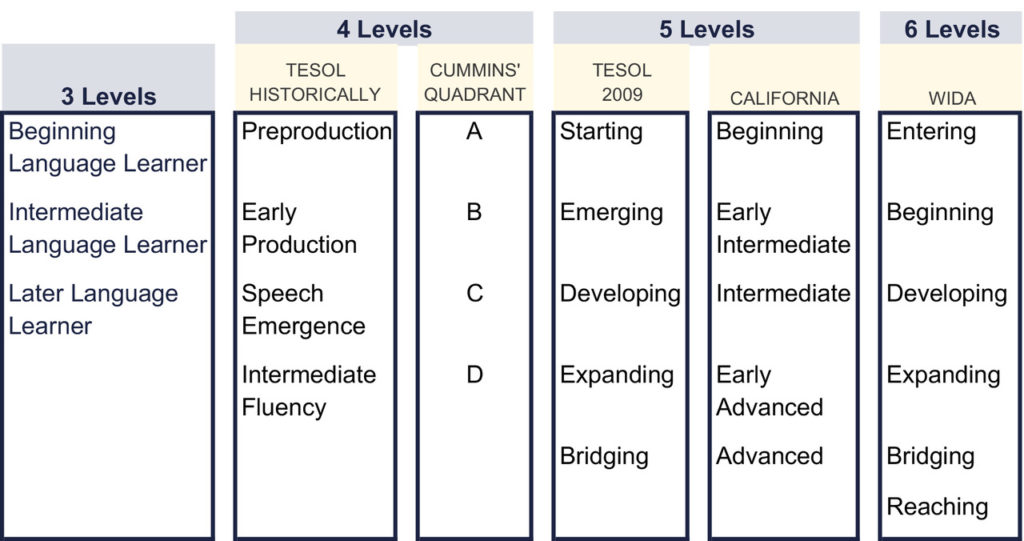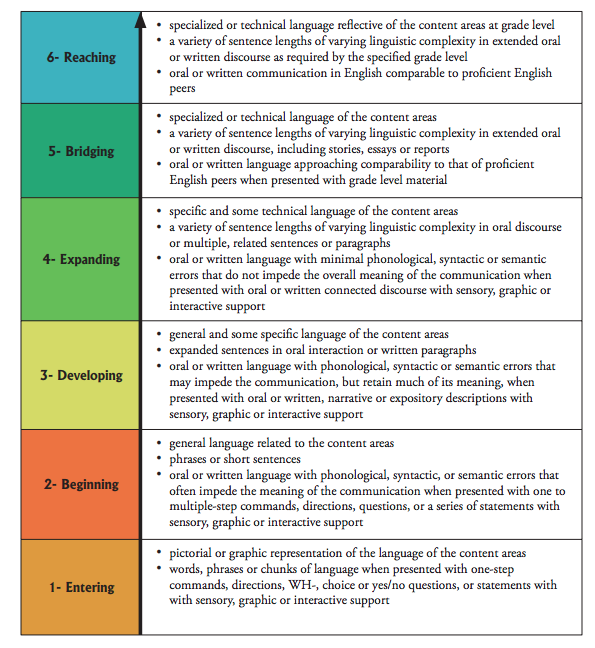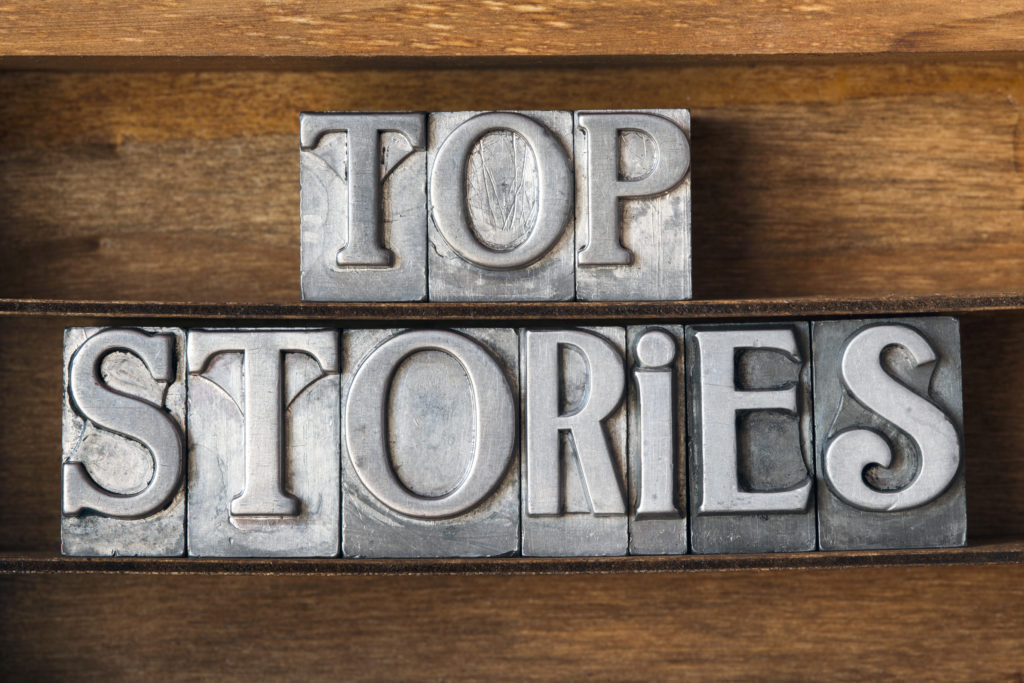 Dear WinkWorld Readers,
Dear WinkWorld Readers,
Back to one of my favorite topics: Prairie Pedagogy. In this issue I will share a series of newsletters written by the students of Atall School, a tiny two-room school on the isolated prairies of South Dakota. I will also share a brief history of how these newsletters came to be written.
Here is Atall School, remember? Today, when I texted Missy at school, it was -29 degrees and the power went out, just as she was preparing to microwave the various lunches which the students bring from home.
 The roots of this school newsletter on the cold prairies extend back to the mid-70s, when I found and fell in love with the work of a teacher, Eulalia (Sister) Bourne, who taught in very small schools on the Arizona desert. The first book I found was Ranch Schoolteacher (see picture of the book at the very top of this blog post). When I read that book, I thought Sister had written it just for me. At that time (70s & 80s), I was teaching middle school and high school students in Benson, AZ. Sister Bourne taught in various rural schools on the AZ desert in the first half of the 20th century. After reading her first book, I immediately went on to read her other books: Woman in Levis, and Nine Months Is a Year. I still have never read her Broken Hearts, Broken Marriages, and Broken Bones, but I think it might reflect her life. Here is one my absolute favorite photos of Sister Bourne.
The roots of this school newsletter on the cold prairies extend back to the mid-70s, when I found and fell in love with the work of a teacher, Eulalia (Sister) Bourne, who taught in very small schools on the Arizona desert. The first book I found was Ranch Schoolteacher (see picture of the book at the very top of this blog post). When I read that book, I thought Sister had written it just for me. At that time (70s & 80s), I was teaching middle school and high school students in Benson, AZ. Sister Bourne taught in various rural schools on the AZ desert in the first half of the 20th century. After reading her first book, I immediately went on to read her other books: Woman in Levis, and Nine Months Is a Year. I still have never read her Broken Hearts, Broken Marriages, and Broken Bones, but I think it might reflect her life. Here is one my absolute favorite photos of Sister Bourne.
 Many who knew her would say that she was a complicated person, who very much reflected the independent, rural spirit of the desert, in particular.
Many who knew her would say that she was a complicated person, who very much reflected the independent, rural spirit of the desert, in particular.
Fast forward about 30 years later, when I retired to our South Dakota ranch, where I note the same independent, rural spirit. I quickly learned that our rural school district continues to operate four different one/two room schools (K-8), and I was very eager to meet the teachers and students in these tiny schools. Coincidentally, Missy Urbaniak, the teacher of Atall School, is also a relative, so I went there first. After visiting with Missy for the first time in many years, I remember wondering if she would also like the Sister Bourne’s books, so I shared mine with her. Missy fell in love with Sister just as I had, years prior. When I saw Missy’s delight in these books, I knew I had found a soul-sister. Missy and I and the Atall students have been enjoying books and each other together since that time.
The photo below is a picture of the Atall playground slide and swing set, with the neighbor’s cattle just feet away from where the kids play.
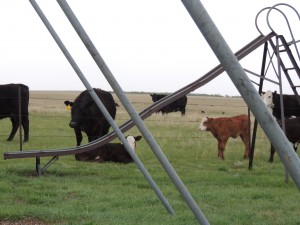
Part of Sister Bourne’s pedagogical legacy from teaching in small, desert schools is that she always had the students write student newsletters, which were called Little Cowpuncher. Joan Sandin captures the story of these newsletters and the legacy of Sister Bourne in Coyote School News, published by Henry Holt in 2003.
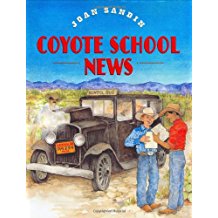
Much of the history of Sister Bourne, her teaching, the rural students, and their newsletters is maintained now by the University of Arizona, Special Collections and by the Arizona Historical Society, Tucson. As Missy became more and more aware of this history, she and the students of Atall decided that they, too, would create newsletters to capture the legacy of their learning on the South Dakota prairies.
Below here is an assortment of their newsletters.
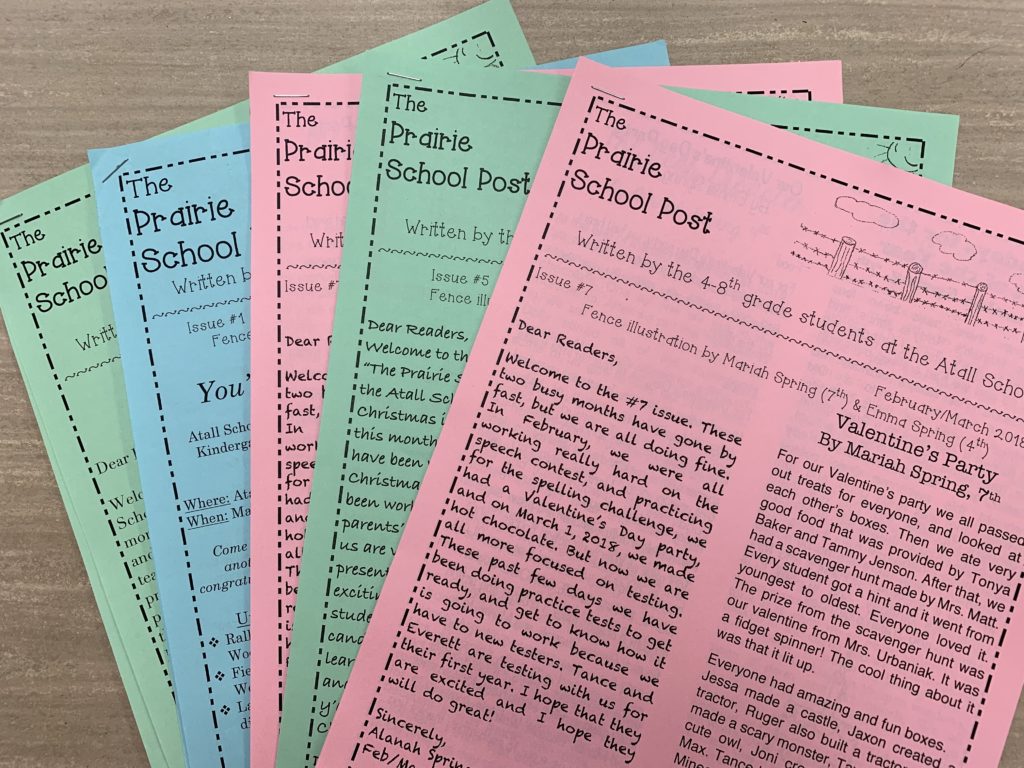
I am posting below the latest issue of Prairie School Post which was just published January 2020. The students think of this issue as their Holiday Edition of Prairie School Post (PSP). Before you download and read it, you might want some pre-reading vocabulary, questions, thoughts–a peak into some of what the Atall kids share in this issue of PSP.
STEM means classes grounded in science, technology, engineering, and math.
STEAM means classes grounded in science, technology, engineering, the arts, and math.
Opal School is another little school, which is about 45 gravel miles away–no shops, no towns–just a gravel road and ranches. When the students get together, as in one of the stories in this issue, the parents drive them, and it takes about 45 minutes. Central Meade County School (CMCS) is another small school in our district; it takes about 30 minutes to drive between Atall and CMCS.
What are oz-O-bots, Lego Mindstorm, Makey-Makey, and Nitro-Type? Can you code? Do you know about Christmas in Sweden, in Poland, and in Germany? Even my gift of the Harry Potter advent tree is mentioned. Thanks, kids.
Imagine, teacher friends, getting this newsletter accomplished in the first 10 days of school in January. And, for 7 grade levels. And, yes, these one-two room schools are under the same pressure of standards and testing as are all schools. Of course, I struggle with those mandates, as I have yet to know even one “standard” child. Each child is unique in my experience.
Below here, you can download the entire issue of Prairie School Post.
Prairie School Post 15 NOV DEC 19
Two more resources are posted for your convenience.
The UofA Library, Special Collections, The Arizona Historical Society, and The Arizona Humanities Council have posted online much of the history of Eulalia Bourne and the students’ newsletters, The Cowpuncher. Thank you!!
Posted below here is a previous issue of WinkWorld, in which I mentioned Prairie School Post.
Synergy Is Synergy: Joan Sandin, Sister Bourne, & A Night-blooming Cereus
